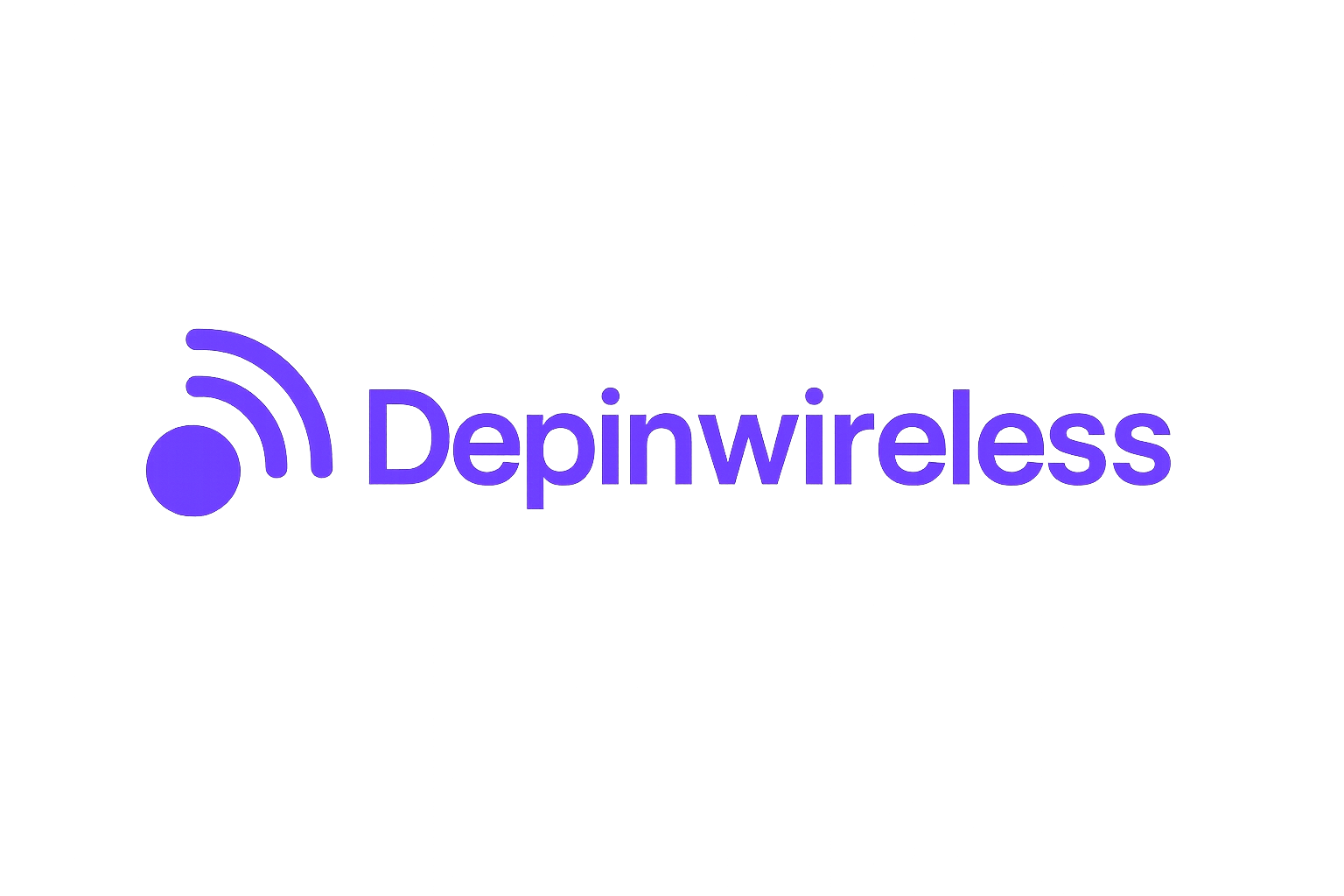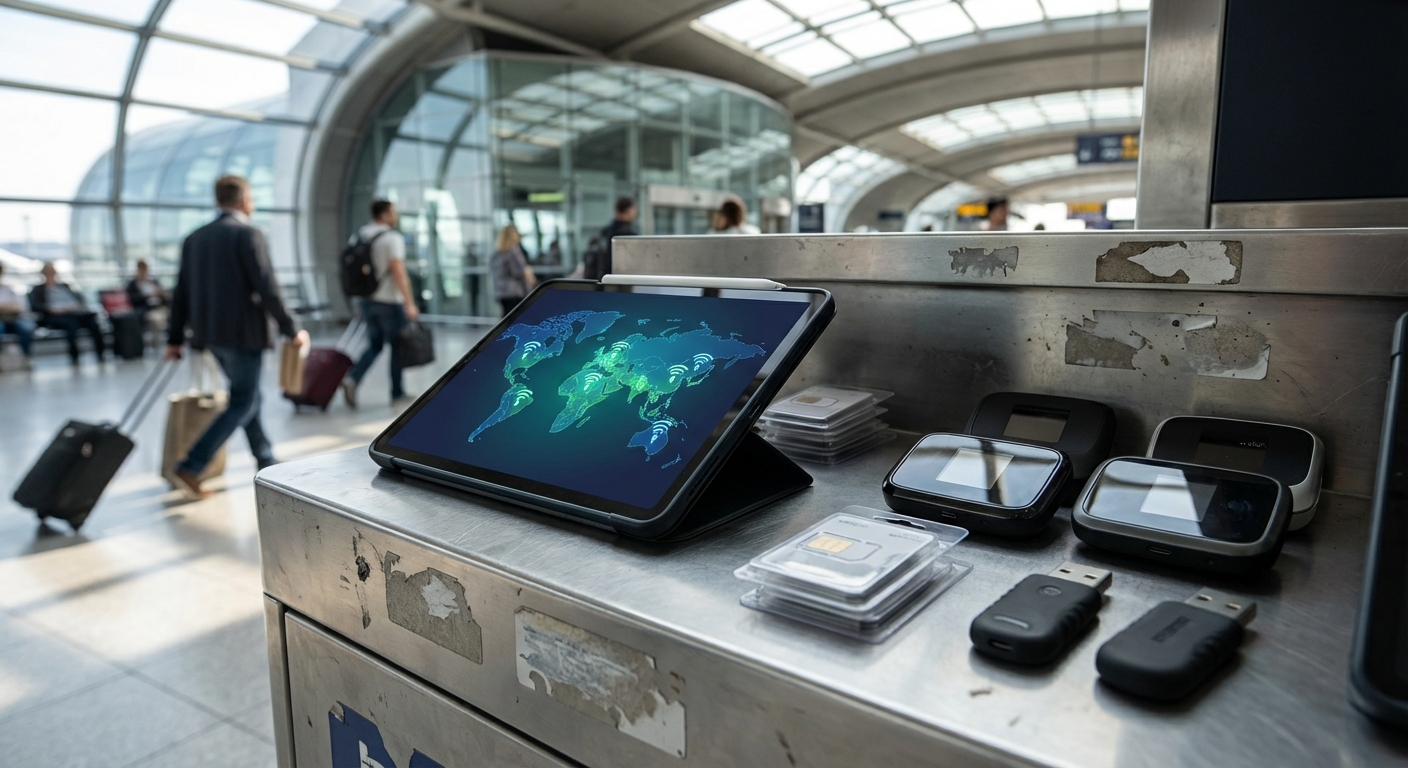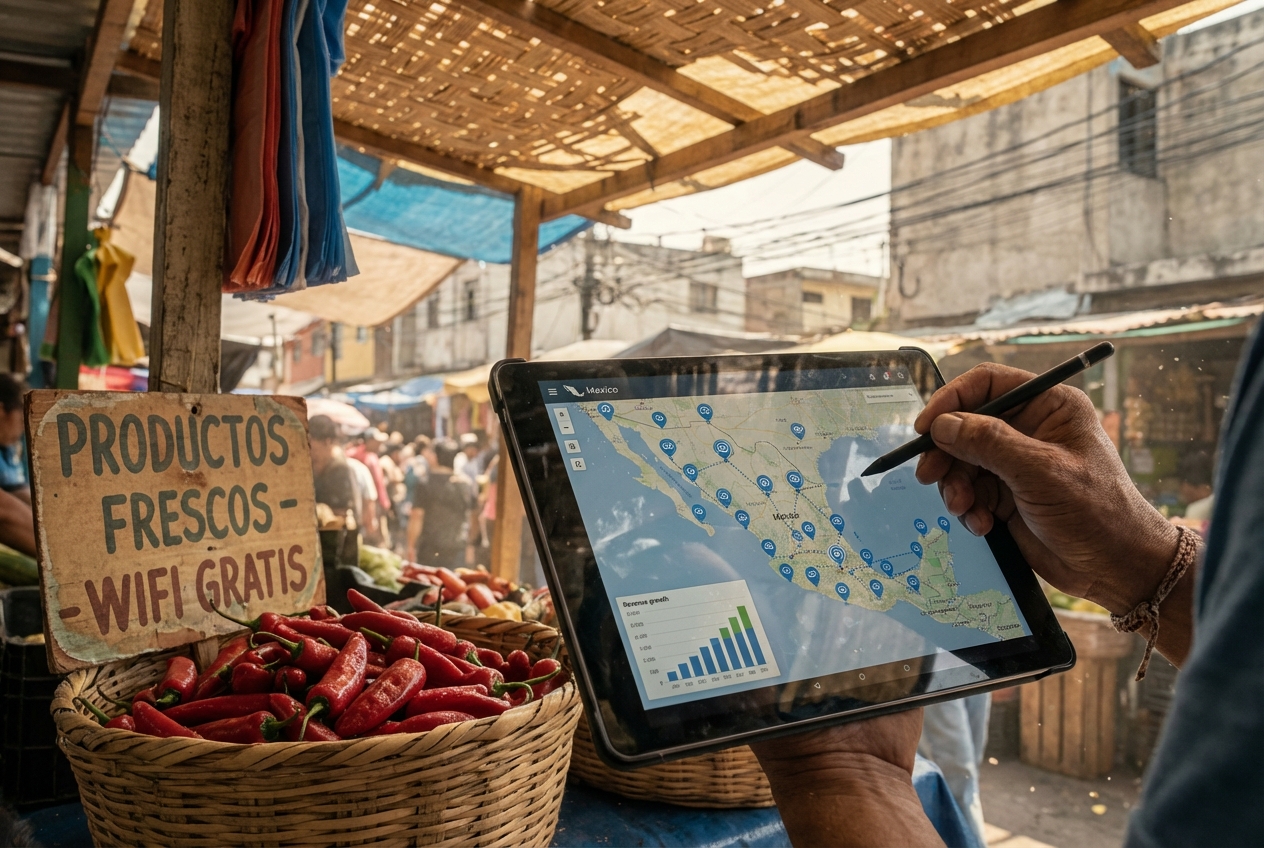
Across the globe, rural communities have long faced a digital divide that limits economic opportunity and social inclusion. Traditional telecom models often leave these areas underserved, citing high infrastructure costs and low population density as barriers to investment. But a new wave of innovation is changing the equation: blockchain-powered 5G networks are enabling decentralized, community-driven connectivity that is rewriting the rules for rural internet access.

Why Traditional Connectivity Falls Short in Rural Areas
Building out wireless infrastructure in sparsely populated regions is notoriously expensive and logistically complex. Legacy providers focus on urban centers where returns are highest, leaving rural homes, farms, and businesses with slow connections or none at all. This lack of reliable broadband stifles education, healthcare delivery, precision agriculture, and remote work opportunities.
Decentralized wireless, also known as DePIN (Decentralized Physical Infrastructure Networks), offers a radically different approach. By leveraging blockchain technology and token incentives, projects like Helium enable anyone to participate in network deployment, reducing costs while maximizing coverage.
The Helium Network: Blockchain Meets Community Wireless
The Helium Network is perhaps the most compelling case study in this space. Powered by a blockchain running on Solana, Helium incentivizes individuals to deploy 5G hotspots, creating a mesh network that grows organically based on demand. Coverage providers earn Helium Network Tokens (HNT) for verifying their contribution through Proof of Coverage protocols.
This model flips the traditional telecom paradigm: rather than relying on centralized infrastructure owned by a few giants, Helium’s network is built by thousands of independent operators who share in the value they help create. As more hotspots come online in rural areas, last-mile connectivity improves dramatically, often at a fraction of the cost of legacy networks.
Pollen Mobile and Hybrid Telecomm: Expanding the Decentralized Frontier
The DePIN movement isn’t limited to Helium alone. Pollen Mobile is another standout project bringing decentralized 4G/5G to underserved communities. By partnering with Baicells and utilizing Solana-based PollenCoin incentives, Pollen empowers locals to set up small cell systems known as ‘Flowers’: further extending network reach into hard-to-connect regions.
Meanwhile, Hybrid Telecomm envisions cooperative mobile networks where buildings themselves become part of a peer-to-peer mesh. This blend of telecom planning and community development could unlock even more resilient connectivity models tailored to local needs.
Key Benefits of Blockchain-Powered 5G in Rural Areas
-

Decentralized Infrastructure: Projects like Helium Network enable individuals to deploy 5G hotspots, creating a community-driven wireless mesh that extends coverage to underserved rural regions.
-

Incentivized Participation: Community members earn Helium Network Tokens (HNT) or PollenCoin for providing network coverage, encouraging local investment and economic activity.
-

Improved Last-Mile Connectivity: Decentralized 5G networks like Helium and Pollen Mobile bridge the digital divide by delivering reliable internet access to remote households and businesses.
-

Energy Efficiency: Blockchain-based 5G solutions use tokenization mechanisms that reduce energy consumption compared to traditional Proof-of-Work systems, supporting sustainable rural development.
-
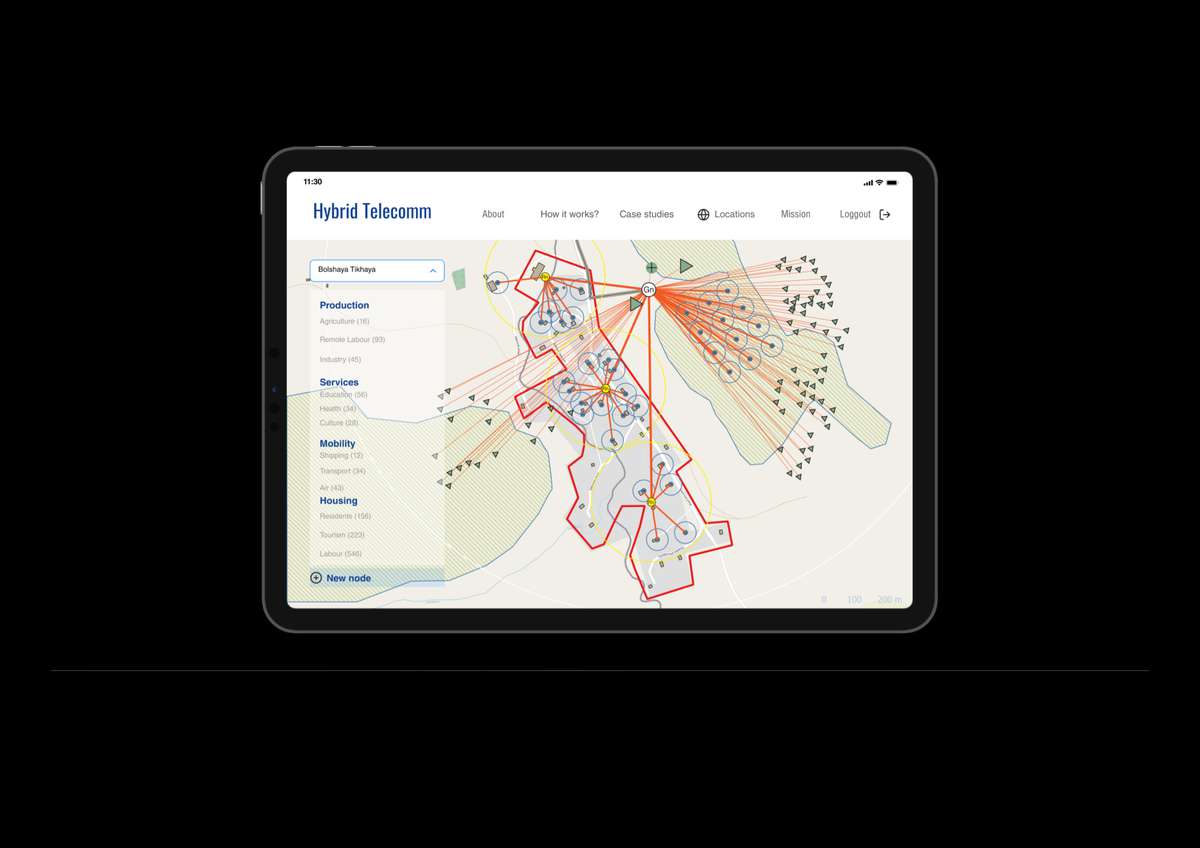
Community Empowerment: Initiatives such as Hybrid Telecomm foster local ownership and cooperative planning, allowing rural communities to shape their own connectivity solutions.
-
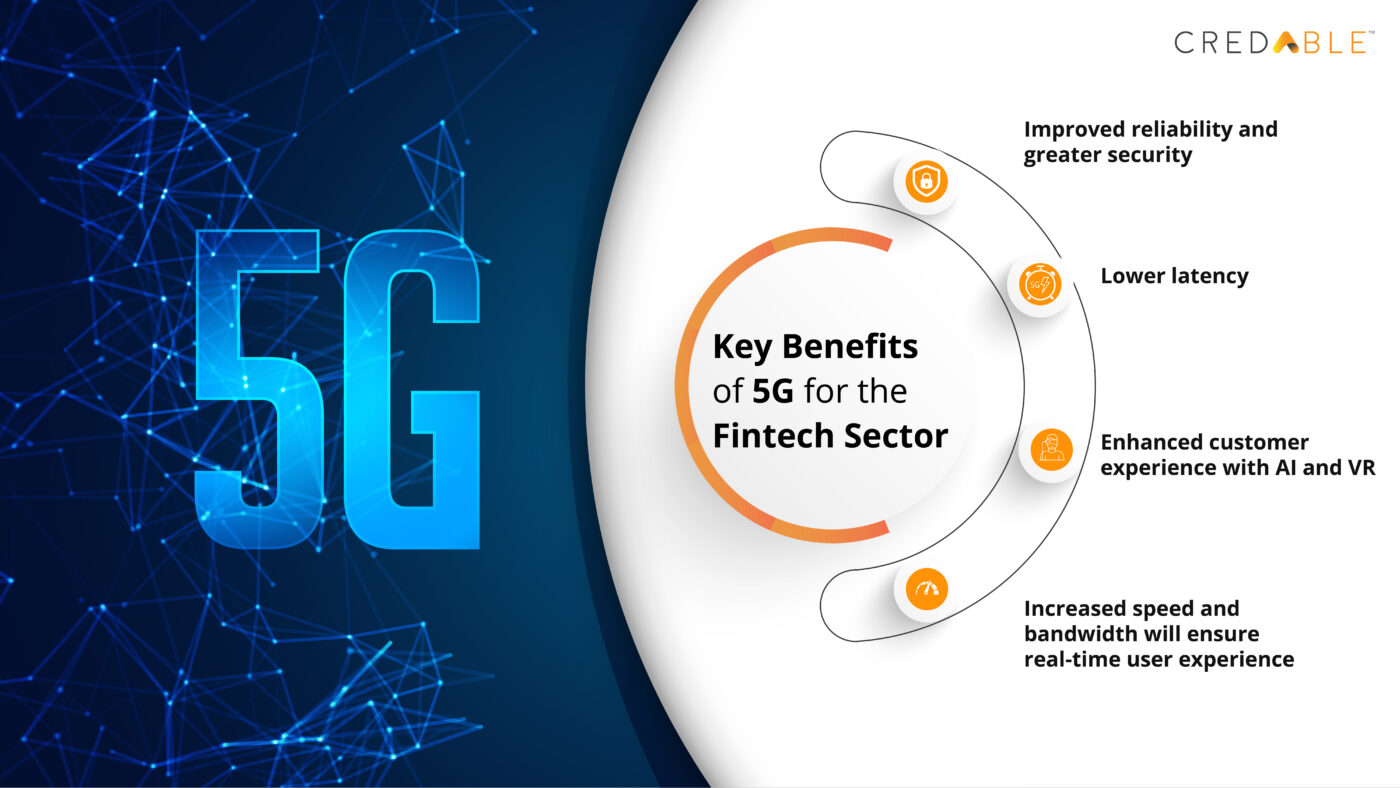
Financial Inclusion: The integration of blockchain and 5G introduces inclusive financial systems in rural areas, enabling new economic opportunities through digital assets and token rewards.
Energy Efficiency and Economic Inclusion Through Tokenization
A crucial advantage of blockchain-enabled wireless is energy efficiency. Unlike resource-intensive Proof-of-Work systems, modern DePIN projects use lightweight consensus mechanisms, minimizing environmental impact while maintaining robust security. Tokenization not only rewards participants but also creates an inclusive financial system where rural residents can earn income by supporting vital infrastructure.
This dual impact provides sustainable technology plus grassroots economic opportunity: is why decentralized wireless has become one of the most exciting frontiers for both tech enthusiasts and impact investors alike.
As these decentralized wireless networks mature, the ripple effects are already visible. Rural communities that once lagged behind are now leapfrogging into the digital age, with local entrepreneurs and even municipalities participating directly in network growth. This bottom-up approach doesn’t just bridge the connectivity gap, it reimagines who owns, operates, and benefits from critical infrastructure.
Real-World Impact: New Use Cases and Local Empowerment
Consider the practical outcomes: telemedicine clinics in remote towns equipped with reliable 5G, smart agriculture sensors tracking soil and weather data for family farms, and students accessing high-speed internet for remote learning, all powered by community-run networks. Projects like Helium and Pollen Mobile demonstrate that when rural citizens become stakeholders, innovation flourishes at the grassroots level.
This shift is about more than just technology. By earning tokens like HNT or PollenCoin for providing coverage or verifying network performance, participants gain a new source of income that can be reinvested locally. The incentive model transforms passive consumers into active builders of their own digital futures.
Challenges Ahead, and Reasons for Optimism
No transformation comes without hurdles. Regulatory uncertainty, hardware costs, and questions about long-term sustainability must be addressed as blockchain-powered 5G expands. Yet, the flexibility of decentralized models means they can adapt quickly, incorporating new governance frameworks or technical standards as needed.
What stands out is the resilience of these networks. Because they’re not reliant on a single provider or centralized authority, they’re less vulnerable to outages or shifting corporate priorities. Community ownership ensures that coverage is prioritized where it’s most needed, not just where it’s most profitable.
The Road Forward: A Blueprint for Global Connectivity
The momentum behind decentralized wireless is undeniable. As more people recognize the power of combining blockchain incentives with next-generation telecom hardware, rural areas become testbeds for a more equitable internet future. The lessons learned from Helium’s mesh model or Pollen Mobile’s tokenized Flowers could inform connectivity initiatives everywhere, from underserved US counties to remote villages worldwide.
For investors and technologists alike, this represents a rare intersection of social impact and sustainable business opportunity. With each new hotspot deployed or small cell installed, we move closer to a world where geography no longer dictates digital destiny, and where everyone has a stake in building tomorrow’s networks.
